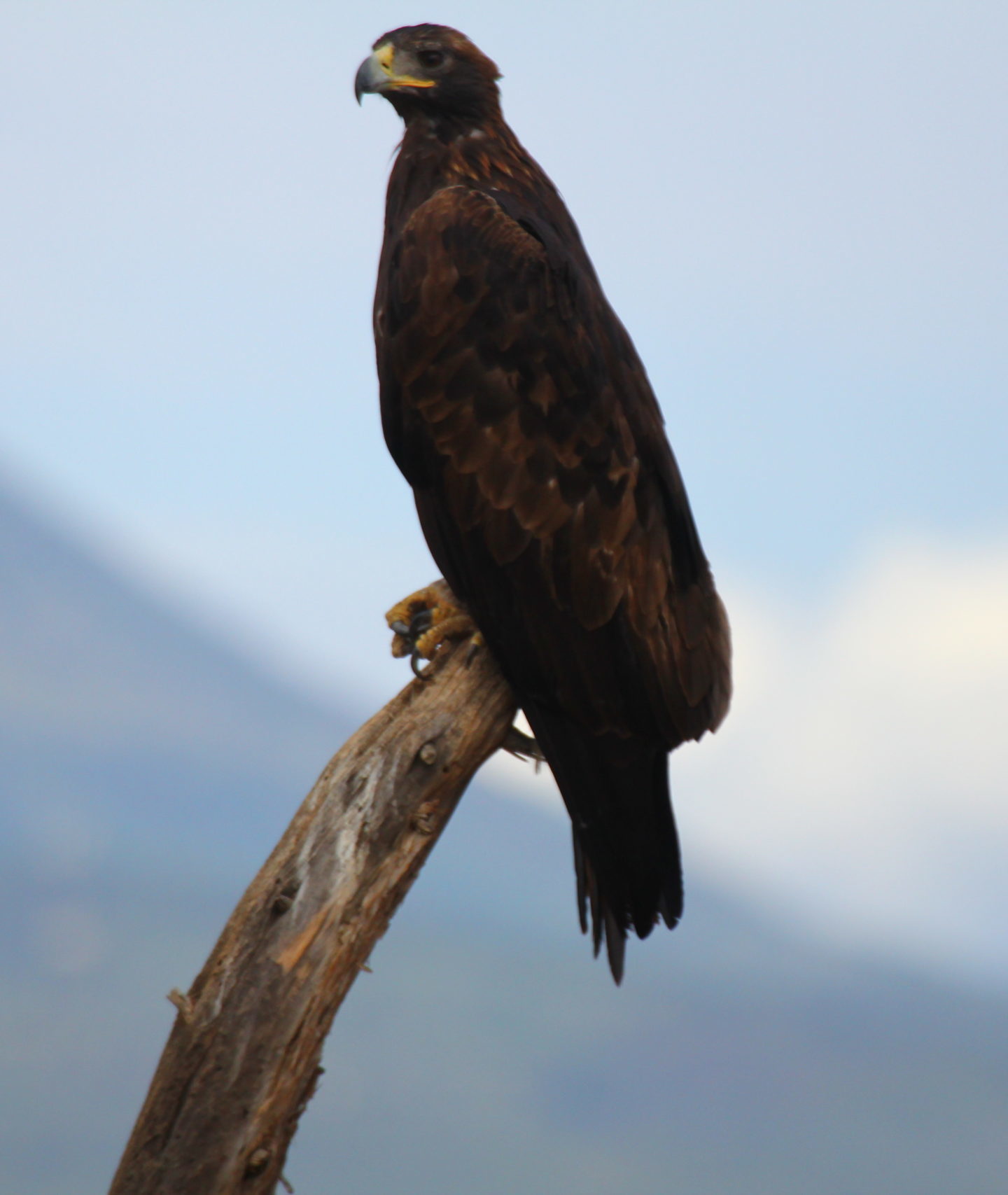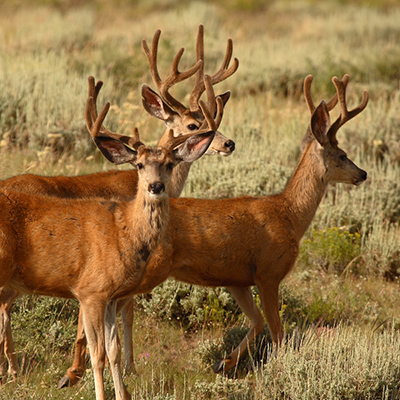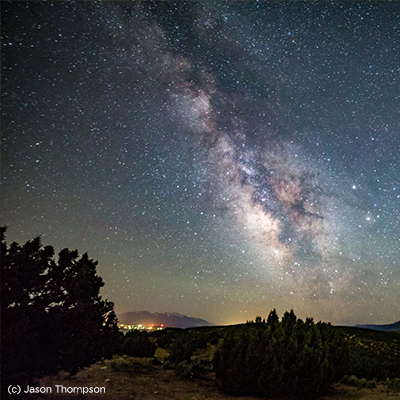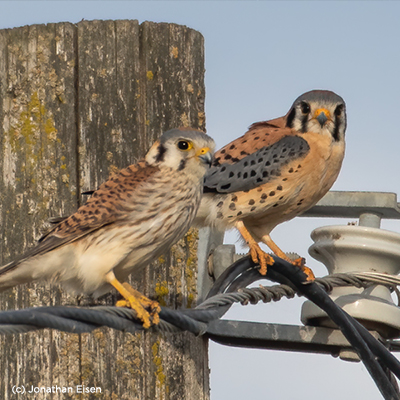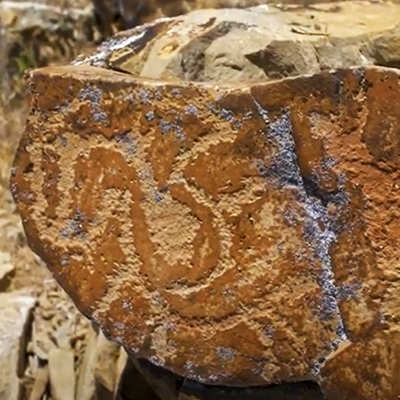Combining & Coordinating Efforts
Eagle Mountain City relies on the expertise of many individuals, groups, and agencies to ensure we are planning well and doing enough to protect the local wildlife. These partnerships allow us to tap into expertise and resources we might not otherwise have and help us to refine some of our guiding documents such as the General Plan and Parks, Trails, and Open Space Master Plan. Our work has included cooperative efforts alongside the Utah Division of Wildlife Resources, local trails groups, and with area developers who take guidance from Eagle Mountain in how they plan their projects. Over time, these partnerships will help us to advance our conservation efforts, especially in regards to helping us obtain additional funding. Eagle Mountain City has big plans, including the possibility of a wildlife bridge over Pony Express Parkway. But these plans need funding the surpass what the City can handle on its own. We hope that coordinating with our incredible partners will lead to innovative and effective wildlife conservation solutions.
Eagle Mountain Kestrel Project
S.R. 73 Expansion Environmental Study








